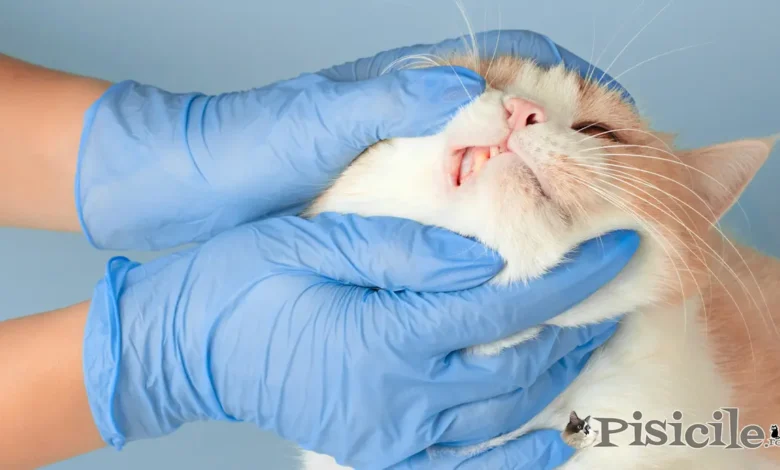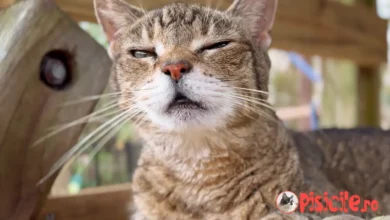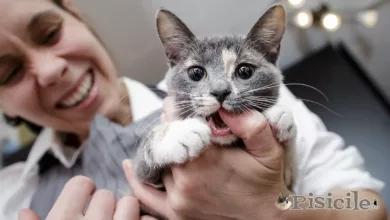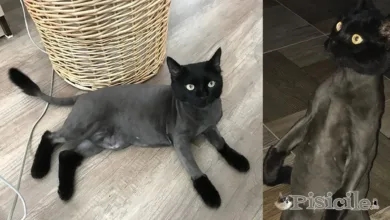
Tooth resorption in cats, also known as tooth decay or odontoclasm, is a common and progressive condition that affects tooth enamel and dentin (the hard tissue that makes up most of the tooth). This problem can affect both young and older cats and can lead to tooth loss.
Although it is a common problem in cats, affecting between 30% and 60% of the population, despite extensive research, the exact causes of dental resorption in cats are not fully understood. Genetic factors, infections, chronic inflammation and individual predispositions can play an important role in the occurrence of this condition.
It is believed that an inflammatory reaction in the gums and teeth may contribute to triggering the process that leads to tooth resorption in cats.
Subject
Types. Dental resorption in cats.
There are two distinct types of tooth resorption in cats:
Crown resorption
This type of resorption involves the destruction of the tooth crown and is often manifested by a visible defect in the tooth surface. In these situations, the root remains relatively normal and the periodontal ligament is visible on radiographs. In some cases, a crown fracture can be encountered, with the root remaining in the bone.
Root resorption
Root resorption involves damage to the root of the tooth. X-ray shows the migration of the root into the bone and is sometimes referred to as replacement root resorption. This phenomenon can affect the supporting structure of the tooth and have consequences for the dental stability and oral health of the cat.
Symptoms. Dental resorption in cats.
Sensitivity to touch. Cats may have increased sensitivity in the mouth and may react negatively to its touch.
Difficulty eating. Chewing can become painful and cats can develop food preferences, avoiding dry food or preferring soft food.
Excessive salivation. Tooth resorption can trigger excessive drooling and cats may experience drooling.
Also read: Why does hypersalivation occur in cats - Excess salivation
Fragile teeth or tooth fracture. Affected teeth can become brittle and fracture, and owners may notice tooth fragments in the cat's saliva.
Bad breath odor. Infections associated with tooth resorption can contribute to bad breath (halitosis).
Also read: Why does the cat's mouth smell bad? Causes and Treatment
Diagnosis and treatment
The diagnosis of dental resorption in cats requires a thorough dental examination by a veterinarian. He can use dental x-rays to assess the condition of the teeth below the gums.
As for the treatment, it will depend on the stage in which this condition is. In the early stages, conservative treatments such as removing tartar deposits and applying dental gels can be tried.

In more advanced cases, when tooth resorption has progressed and is causing pain and discomfort, extraction of the affected teeth may be necessary. Cats can have affected teeth removed to relieve suffering and improve quality of life.



